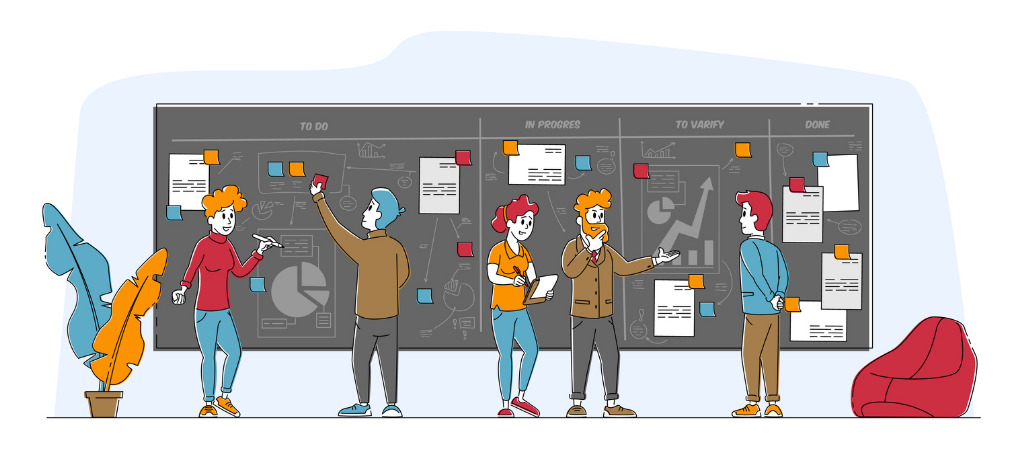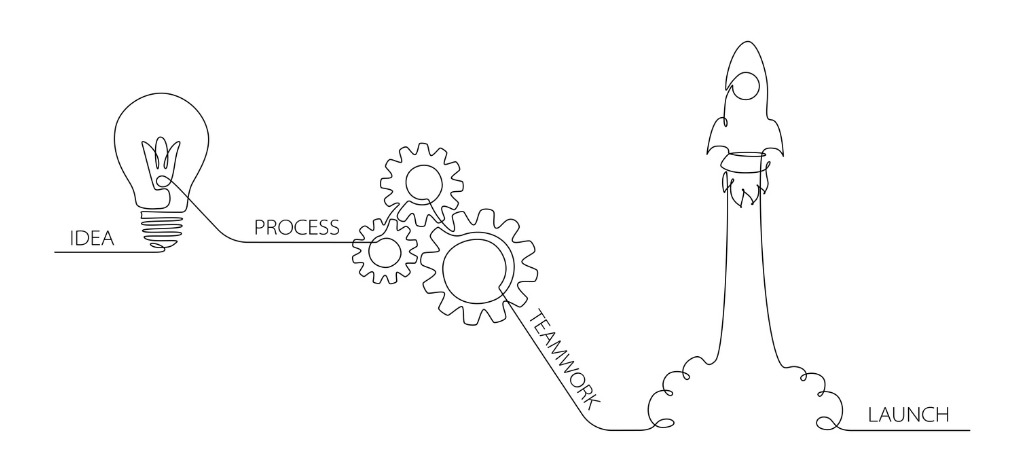How Software Outsourcing Practices Are Changing in 2023
How Software Outsourcing Practices Are Changing in 2023

Despite all the global challenges in the past few years, outsourcing has become one of the fastest-growing sectors. Technological advancements have forced this market to change faster than ever. Outsourcing trends have adapted well to business disruptions, such as climate change, health, supply, global power, and tight labor market. A recent nationwide services company survey highlights that software development outsourcing is expected to increase by 70% this year.
The above data-driven information highlights that the outsourcing industry is expected to transform significantly, emphasizing building value networks with different outsourcing companies. Today, software outsourcing has become a leading solution to reduce risk, navigate the labor market, maintain productivity, and combat many challenges.
Though the latest outsourcing trends focus on enabling businesses to adapt faster, maximize their productivity, and manage resources more efficiently, has it become more disruptive? Are current outsourcing trends enough to deliver the best-intended results? To calm your anxious nerves, we will discuss how software outsourcing practices are changing in 2023.

Leading Global Outsourcing Trends to Look for in 2023
Software outsourcing refers to hiring a third-party company to develop and maintain applications for businesses and organizations. This practice is often adopted to reduce costs, access specialized skills, and increase efficiency. It involves numerous services, including but not limited to testing, development, maintenance, and integration. Companies can outsource specific parts or entire software depending on their needs.
The global market size of software outsourcing was expected to reach $430 billion by 2023. The United States ranks higher in software outsourcing revenue, followed by Japan, China, the United Kingdom, and Germany. This data-driven information might help eliminate your concern about IT outsourcing this year, but it doesn’t provide any answer about the best practices of software outsourcing in 2023.
More and more businesses are striving to get a piece of the pie by using software outsourcing services. That’s why the global IT and software outsourcing market size will reach about $1.06 trillion within by 2030.
To give you a clearer idea about how software outsourcing practices are going to change in the coming years, here is our analysis of what might happen with IT outsourcing in the future.
Leading Outsourcing Trends

A Growing Demand for Cloud Computing
As data storage requirements increase, there is a considerable increase in demand for cloud computing. Organizations and businesses of all sizes are flocking to cloud computing due to its scalability, flexibility, and excellent processing power. According to Statista, more than 60% of corporate data will be stored in the cloud as of 2022. A recent report by Fortune Business Insights shows that the size of cloud computing lies between $250.04 billion and $445.3 billion, which is expected to hit $792 billion to $947.3 billion by 2030.
The higher demand for cloud computing simplifies software outsourcing for businesses. It allows for the sharing of information because it is always available.

Increased Demand for Automation
Along with cloud computing, external and internal processes automation drives innovation in business process outsourcing. A survey by Tempo reveals that more than 46% of the top software development executives believe that automation is the key to growing software development.
Automation and control over robots are possible via Robotics Process Automation (RPA). In RPA, AI (artificial intelligence) performs time-consuming tasks, allowing humans to focus on more critical studies. The demand for automation has massively increased due to its increased efficiency and speed, improved accuracy, scalability, and cost savings.

Increased Focused on Business Process Outsourcing (BPO)
Business process outsourcing has become popular in 2023 due to its enhanced flexibility, adaptability, and reduced operating costs. It allows businesses to improve their productivity and focus more on core competencies.
A recent report by Grand View Research shows that the global BPO market size reached $245.9 billion in 2021, but it will grow by 9.1% by 2030. This report also highlights that information technology, human resources, customer support, administrative staff, and web design were the most outsourced services in 2022.

Right-Sizing Agility
Before 2021, software outsourcing was focused more on driving innovation than efficiency. But due to the tech industry cutbacks, the situation has completely changed. Now, IT experts are adapting to the evolving resource needs and prioritizing cost reduction. They’re looking for a kind of software outsourcing that can provide the necessary control in the face of significant business uncertainty.
Software outsourcing demonstrates its value by managing agility during budget cuts, corporate uncertainty, and economic cycles. With the right-sizing skill in IT outsourcing, businesses can reduce their development costs by 40% to 70%.

Adoption of Agile Methodologies
More and more businesses are combining the advantages of software outsourcing with the adaptability of the agile development framework. Though this integration requires a lot of collaboration, results in efficient projects.

Focus on Quality Assurance (QA)
As more businesses see the benefits of software outsourcing, quality assurance is becoming a new norm in 2023. QA is a specialized discipline; only a few firms have the expertise and resources to benefit from it. As of 2020, the global market for outsourced quality assurance and software testing was growing at a CAGR of 10.8%, but now this size is increasing drastically.
The Bottom Line
Software outsourcing has become massively popular among companies of all sizes. More and more managers are becoming aware of the exclusive perks they can get from software outsourcing. This approach is highly beneficial for small businesses with limited resources, as it helps reduce software development costs. Along with lowering software development costs, outsourcing allows companies to access a larger talent pool and deploy their software quickly.
Our data-driven analysis of how software outsourcing practices are changing in 2023 shows that the demand for outsourcing will continue to increase in the coming years. The increasing demand for high-quality and cost-effective software development solutions has encouraged companies to bring innovation in software outsourcing practices. For example, businesses leverage cloud computing, automation, agile methodologies, and quality assurance (QA) to maximize profit and remain competitive through software outsourcing.














